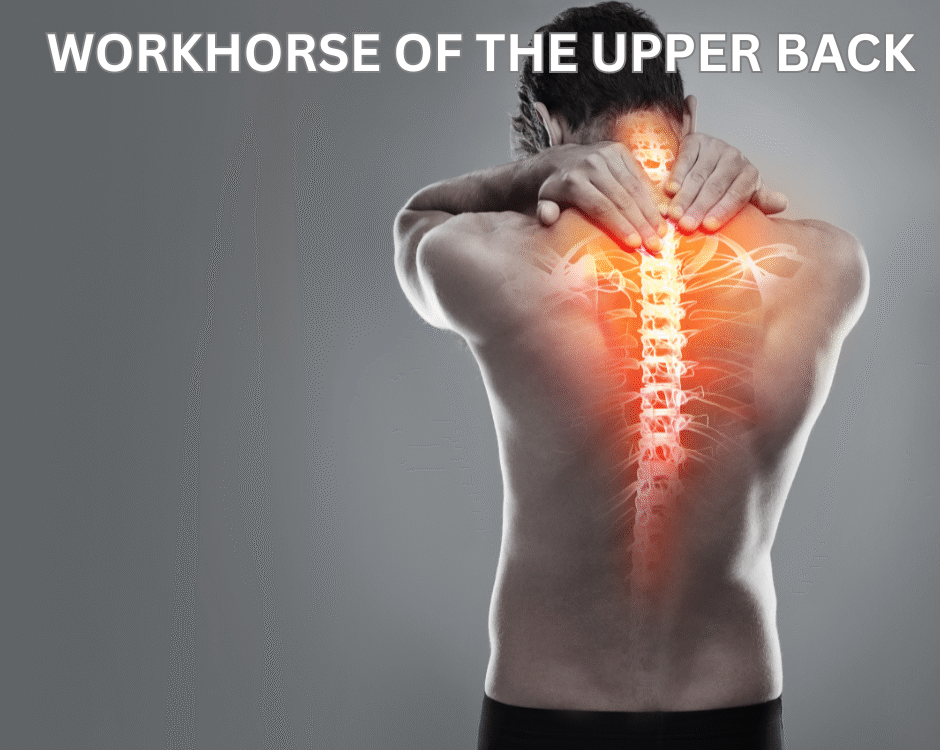Understanding Shock

Neck Stiffness and the Causes, Symptoms and Prevention
April 12, 2024
The Great Outdoors! Go!
April 13, 2024Understanding Shock
Shock is a severe medical condition that occurs when your body’s organs and tissues do not receive enough oxygen and nutrients to work properly. It can result from various causes, including severe injury, illness, or a myriad of medical conditions. It is likely you or someone you know will experience this during your lifetime. The Cleveland Clinic notes that hospital emergency departments in the US report an estimated 1 million cases and as many as 1 in 5 people who go into shock die from it. Being able to understand the different types of shock and understanding their symptoms is important in order to give early intervention. Dr. Aaron Workman, a member of the Chambers Medical Group team, one of the highest rated auto injury medical organizations in Kentucky, discusses the basics of shock.
- Hypovolemic Shock:
Hypovolemic shock occurs when your body loses a significant amount of blood or fluids. This can happen due to severe bleeding from injuries, trauma, surgery, dehydration or burns. The loss of fluids leads to a decrease in blood volume, causing poor oxygen delivery to organs and tissues. Symptoms of hypovolemic shock include rapid heartbeat, shallow breathing, cold and clammy skin, confusion, weakness, and dizziness.
- Cardiogenic Shock:
Cardiogenic shock occurs when your heart is unable to pump enough blood to meet the body’s needs. It can result from conditions such as heart attacks, heart failure, or severe heart valve disorders. In cardiogenic shock, the heart’s pumping function is compromised, leading to inadequate blood circulation and oxygen delivery. Symptoms include chest pain, rapid or irregular heartbeat, shortness of breath, weakness, and fainting.
- Distributive Shock:
Distributive shock occurs when there is widespread dilation of blood vessels, leading to a drop in blood pressure. Types of distributive shock include septic shock, anaphylactic shock, and neurogenic shock. Septic shock results from severe infections, anaphylactic shock from severe allergic reactions, and neurogenic shock from spinal cord or brain injuries. Symptoms vary but may include low blood pressure, rapid pulse, warm and flushed skin, confusion, and fainting.
- Obstructive Shock:
Obstructive shock occurs when something obstructs or slows blood flow in the body. Common causes include pulmonary embolism, tension pneumothorax, cardiac tamponade, and aortic dissection. These conditions restrict blood flow into the heart, leading to decreased oxygen delivery to organs and tissues. Symptoms may include chest pain, difficulty breathing, rapid heartbeat, bluish skin, and loss of consciousness.
- Psychogenic Shock:
Psychogenic shock is a sudden drop in blood pressure resulting from intense emotional or psychological stress. I have witnessed and experienced this particular type of shock firsthand in extreme emotional situations and it led to people passing out. This can also give dizziness, fainting, pale skin, and sweating. This one is typically not life threatening but requires immediate attention to address the underlying trigger.
This condition is a medical emergency and requires prompt recognition and intervention. Hopefully by going over some of the basics you will be able to better recognize shock and realize the importance of calling 911 for help. The earlier intervention is given, the better the outcomes and reduction of complications. By acting fast, you could change someone’s life forever.
— This article is written by Aaron Workman, DC, one of the members of Chambers Medical Group’s team of car accident chiropractors who offer a variety of treatments and therapies ranging from diagnostic testing to various soft tissue therapies for car accidents and injuries in Kentucky.
- Car Accident Medical Clinic in Tampa
- Car Accident Medical Clinic in Plant City
- Car Accident Medical Clinic in Brandon
- Car Accident Medical Clinic in Lakeland
- Car Accident Medical Clinic in Sarasota
- Car Accident Medical Clinic in Louisville
- Car Accident Medical Clinic in Lexington
- Car Accident Medical Clinic in Florence




